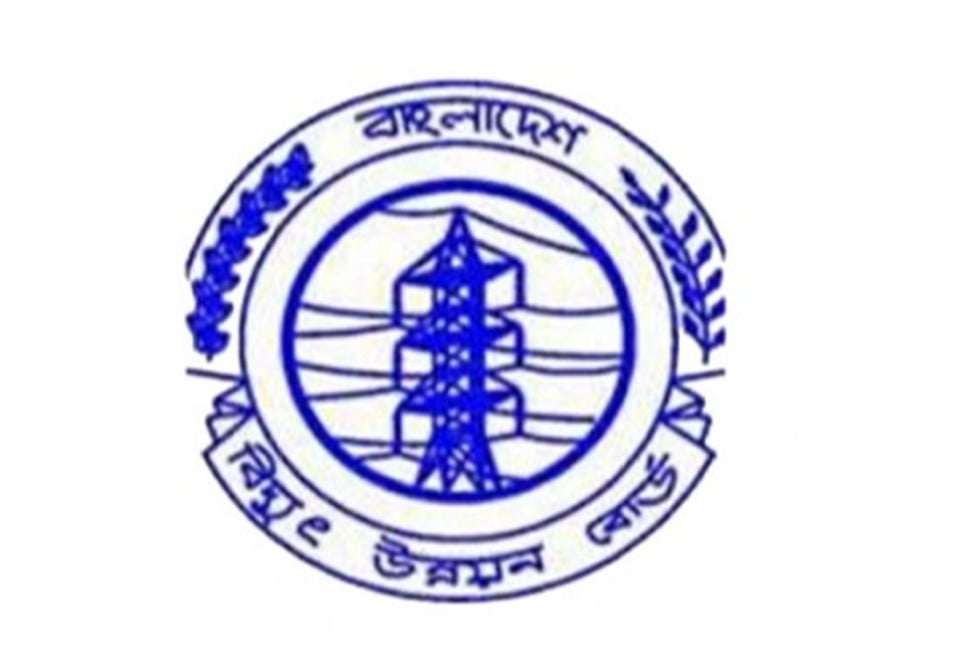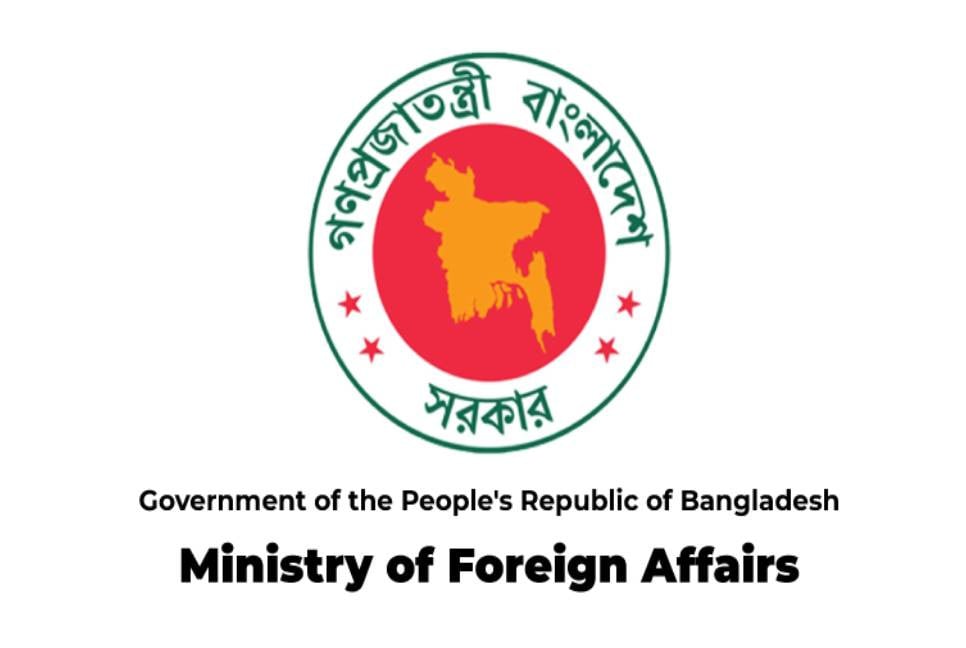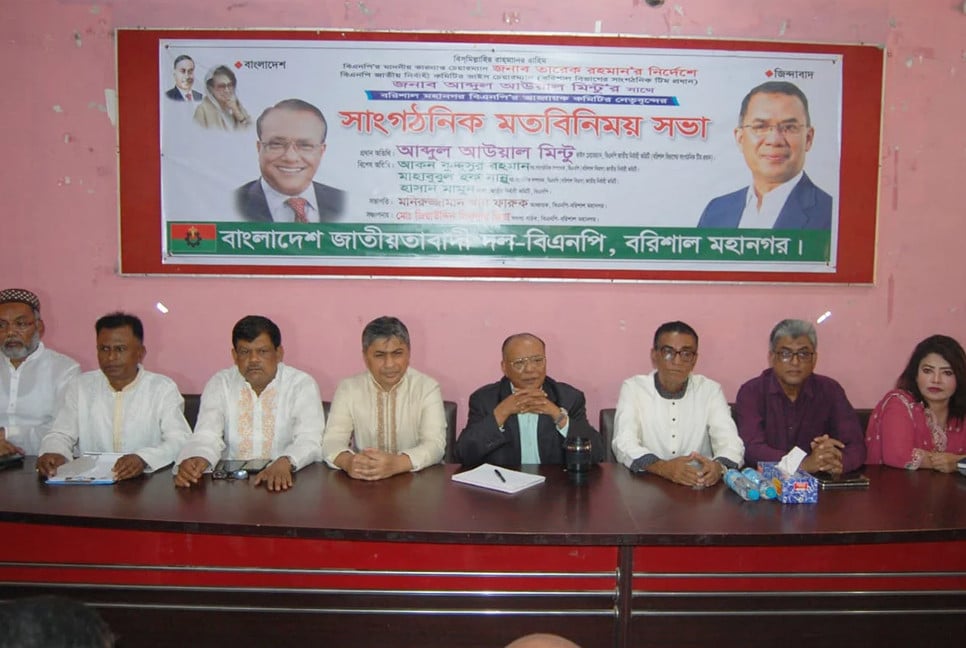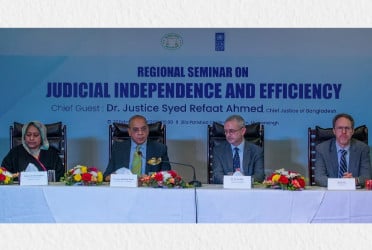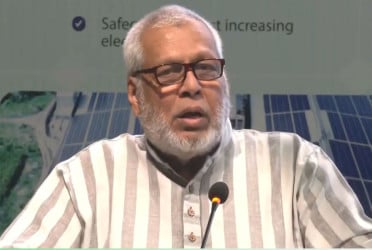The Power Development Board (PDB) could save Bangladesh Tk 138 billion (US$1.2 billion) in annual losses, currently covered by government subsidies, by implementing reforms in the country's electricity sector, according to a new report from the Institute for Energy Economics and Financial Analysis (IEEFA). The report, released on Wednesday, outlines how these savings can be achieved through several key changes.
The proposed reforms include shifting half of the industrial demand, currently met by captive generators, to the national grid, adding 3,000 megawatts (MW) of renewable energy, reducing load shedding to 5%, and limiting transmission and distribution losses to 8%.
The IEEFA report notes that between the fiscal years (FY) 2019-2020 and FY 2023-2024, the PDB’s annual expenditure grew 2.6 times, while its revenue increased by only 1.8 times. This imbalance prompted the government to allocate Tk 1,267 billion (US$10.64 billion) in subsidies to maintain power supply. Despite these efforts, the PDB recorded a cumulative loss of Tk 236.42 billion (US$1.99 billion). For FY 2023-2024, the government provided a subsidy of Tk 382.89 billion (US$3.22 billion).
To reduce the subsidy burden, the report suggests ensuring that industries fully rely on the national grid. “With the reserve margin hovering around 61.3%, Bangladesh’s power sector has an overcapacity problem, which contributes to the PDB’s persisting subsidy burden,” said Shafiqul Alam, lead analyst for Bangladesh Energy at IEEFA. “Despite a series of power tariff adjustments, the hefty revenue shortfall and subsidy allocation will likely persist in the foreseeable future.”
IEEFA’s proposed roadmap includes improving power demand forecasting by incorporating energy efficiency, limiting investments in fossil fuel-based generation, and prioritizing renewable energy. The report also advocates for modernizing the electricity grid to encourage industries to shift to grid power rather than relying on gas-based captive plants. Additionally, it recommends transitioning from gas-driven appliances to electric systems to increase PDB revenue while reducing capacity payments to idle plants.
As the first step, the report urges the government to forecast power demand from 2025, factoring in energy efficiency gains and demand-shifting measures. The report’s projections suggest that Bangladesh’s peak power demand by 2030 will be around 25,834MW, compared to the Integrated Energy and Power Master Plan’s forecast of between 27,138MW and 29,156MW.
Furthermore, the IEEFA roadmap recommends halting investments in fossil fuel-based power and limiting oil-fired plants to 5% of total power generation. With the expected retirement of 4,500MW of fossil-fuel-based power plants, Bangladesh’s system capacity is projected to reach 35,239MW by 2030. This would meet the anticipated peak demand and reduce reserve margins from 66.1% in December 2024 to 36.4% by 2030 (including variable renewable energy) and 20% (excluding variable renewable energy). A reserve margin of 20% is considered comparable to countries like India and Vietnam.
The report also suggests setting a conservative goal of installing up to 4,500MW of grid-connected renewable energy capacity by 2030 to reduce reliance on expensive oil-fired power generation. The use of 500MW of battery storage with a backup for three hours is proposed to further reduce oil-fired plant operations during peak hours. If battery storage becomes more economical in the future, its use could be increased in the evening peak.
IEEFA, an institute that focuses on energy markets, trends, and policies, aims to accelerate the transition to a diverse, sustainable, and profitable energy economy.
(Source: UNB)
BD-Pratidin English/Mazdud

